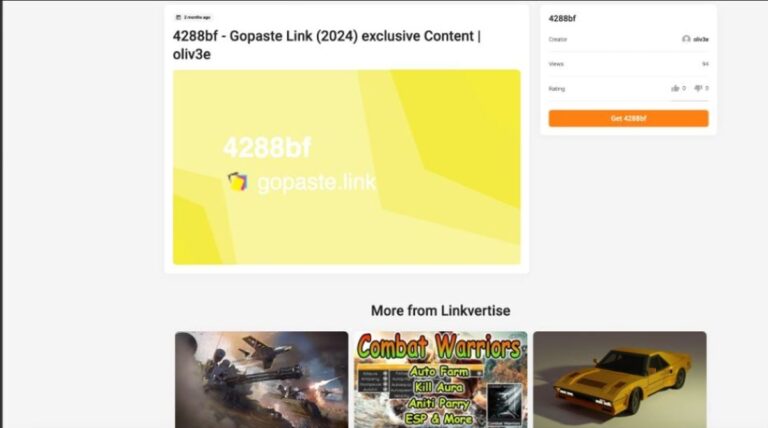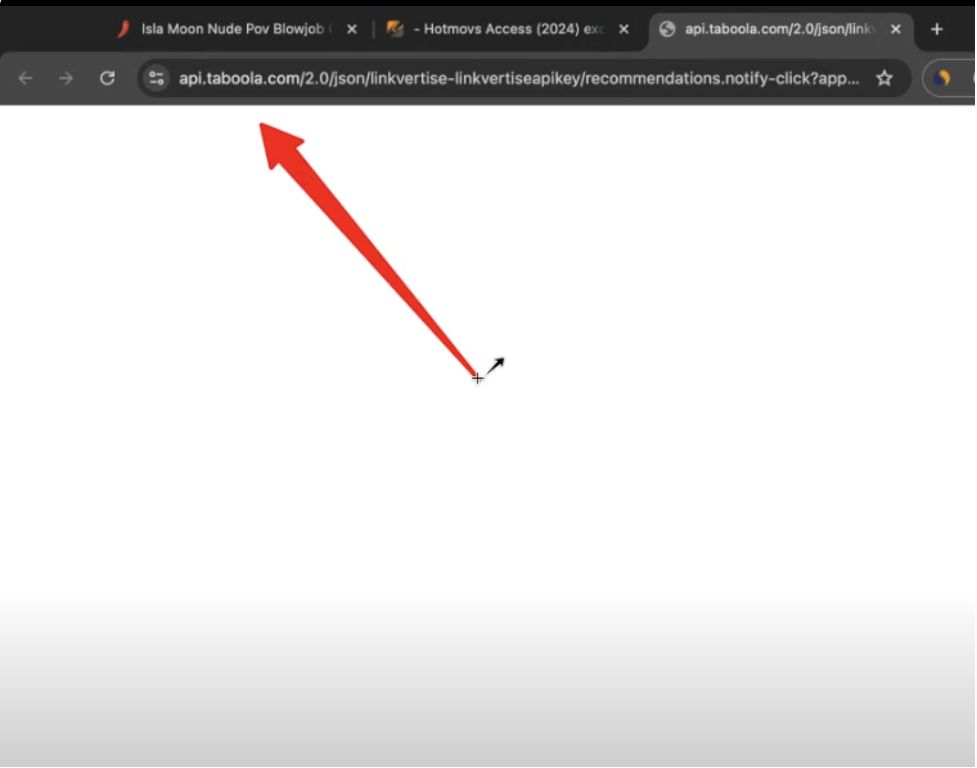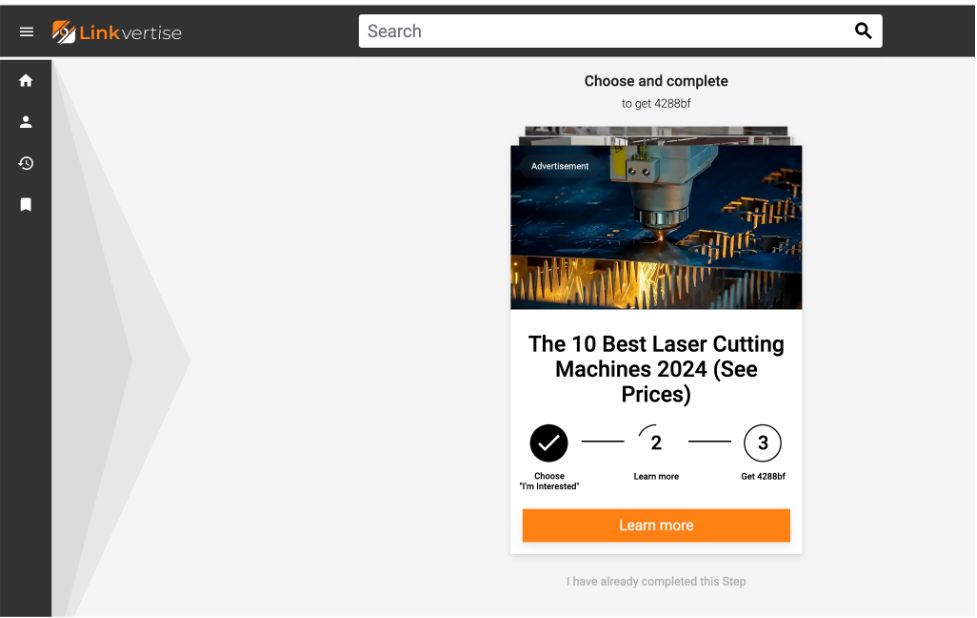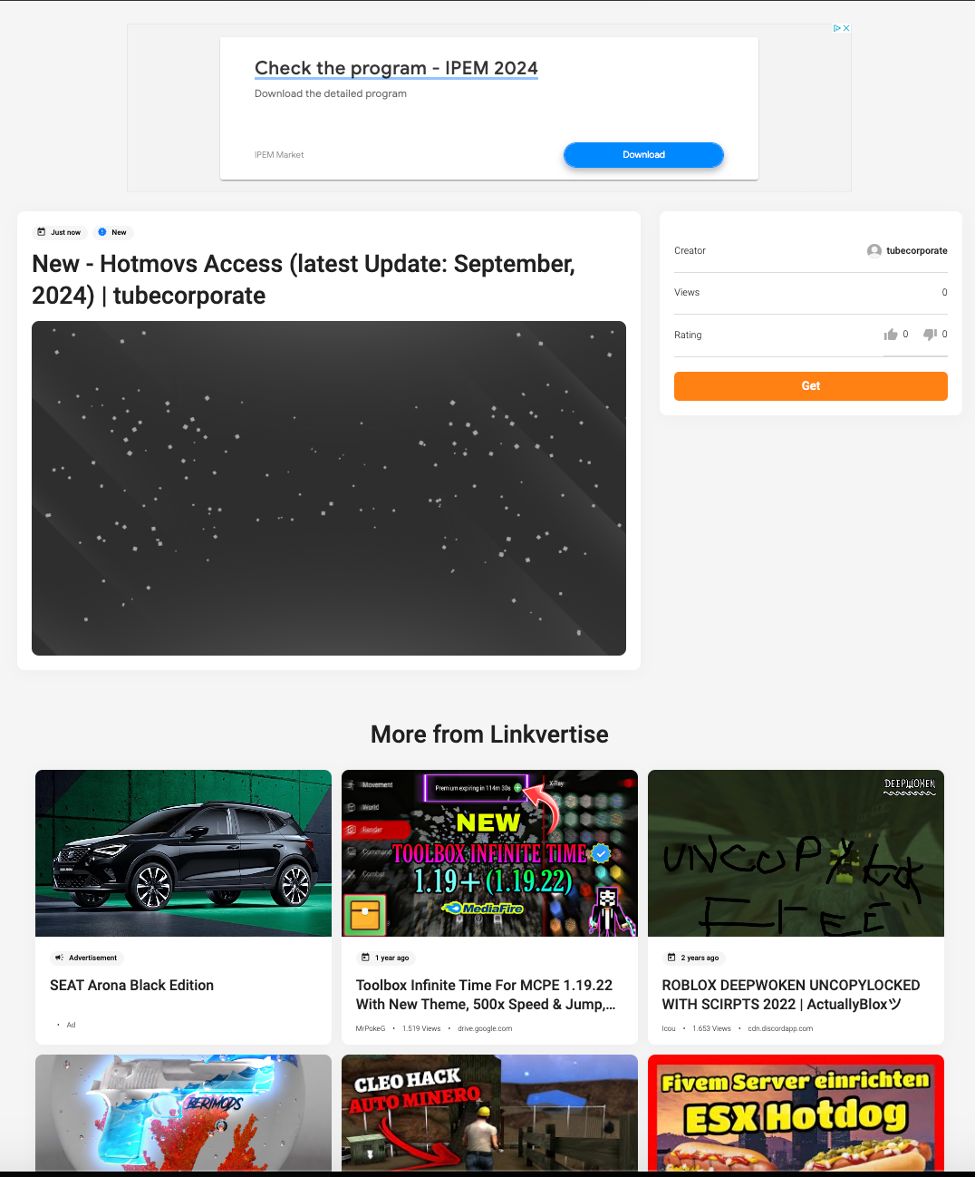Native advertising was designed to bridge the gap between banner fatigue and audience engagement, offering a way for brands to reach consumers in a manner that feels organic.

Topics covered
- The Linkvertise Connection: Incentivizing the Wrong Kind of Traffic
- Pirated Content and the Risks to Brand Safety
- How Incentivized Traffic Skews Performance Metrics
- Agencies and Advertisers: Turning a Blind Eye
- The Fallout: Legal and Reputational Risks for Taboola (TBLA)
- A Crisis of Confidence in Programmatic Advertising
Native advertising was designed to bridge the gap between banner fatigue and audience engagement, offering a way for brands to reach consumers in a manner that feels organic. Taboola (TBLA), one of the largest players in this space, is central to this promise, delivering billions of content recommendations daily. But beneath the surface, Taboola’s ads are appearing on Linkvertise, a platform notorious for hosting pirated and adult content. This revelation is a sobering reminder that even the most prominent ad tech platforms can fall short when it comes to ensuring brand safety.
For Taboola, this isn’t just a minor slip-up—it’s a crack in the very foundation of the trust they’ve built with advertisers. Brands expect Taboola’s algorithms to ensure their ads are placed in safe, reputable environments, but as these reports show, pirate content and incentivized ads are slipping through the cracks. And what’s worse is that agencies and advertisers seem to be overlooking the real risks of allowing these placements to persist.



Taboola’s Terms of Service clearly prohibit content that promotes illegal activities, yet reports have surfaced highlighting that pirate content still manages to appear. This is a violation of Section 5 of their ToS, which outlines requirements for compliance with U.S. copyright law and other intellectual property regulations (please check ToS -5. Digital Millennium Copyright Act (“DMCA”) Notice).
Additionally, their Advertising Content Policies explicitly forbid “false or misleading practices” and demand strict adherence to third-party content policies, which require all advertisements to disclose sponsorship and avoid misleading or sensational headlines. Despite these policies, incentivized ads and misleading content have been widely reported, exposing a gap between policy and enforcement.
The Linkvertise Connection: Incentivizing the Wrong Kind of Traffic
To understand why this is such a serious issue, we need to delve into Linkvertise. The platform thrives on incentivized traffic, forcing users to click on ads before they can access their desired content, which often includes pirated software, movies, or adult material. This creates a situation where clicks are generated not out of genuine interest in the ads, but out of necessity. The user wants the content behind the ads and has no choice but to interact with them.
For advertisers, this creates a false sense of success. Click-through rates (CTR) may look high on paper, but they are driven by users who are simply trying to bypass the ads. There is no real engagement, and this kind of traffic rarely translates into conversions or sales. Essentially, advertisers are paying for clicks that don’t matter. It’s a classic case of vanity metrics—numbers that look good but have no real impact on the bottom line (please check Scam Detector for Linkvertise audit).
This is the inherent danger of incentivized ads. They distort performance metrics and make it difficult for brands to assess the true value of their ad spend. For years, agencies and advertisers have placed their trust in programmatic advertising platforms like Taboola (TBLA) to manage ad placements, assuming the algorithms would take care of the heavy lifting. But as the Linkvertise case illustrates, that trust is being misplaced.
Pirated Content and the Risks to Brand Safety
The problem isn’t just limited to the distorted metrics caused by incentivized ads. The real concern is where these ads are showing up. Platforms like Linkvertise are known for hosting pirated content, and by placing ads on these sites, brands are inadvertently funding illegal activities.
Pirated content thrives on the edges of the internet, slipping past the brand safety nets that advertisers rely on to protect their reputation. And Taboola (TBLA), whether knowingly or not, has allowed their ads to appear on these sites, monetizing the very piracy that intellectual property laws are designed to combat. This is a violation of Taboola’s own Terms of Service, which explicitly prohibit ads from being served on sites that promote illegal content
For brands, this is more than just a breach of trust—it’s a reputational nightmare. When ads appear next to pirated movies, games, or explicit material, it creates an association that can damage a brand’s credibility. And in an era where brand safety is more critical than ever, being tied to pirated content can lead to consumer backlash and lost sales.
How Incentivized Traffic Skews Performance Metrics
The most troubling aspect of the Linkvertise scandal is how incentivized traffic distorts the digital advertising ecosystem. Advertisers often rely on click-through rates and impressions to measure the success of their campaigns. But when those clicks are driven by incentives, the data becomes skewed, and the true impact of the ad spend is hidden.
In the world of incentivized ads, users are not clicking because they’re interested in the product or service being advertised. They’re clicking because they want to get to the content behind the ads—whether that’s a pirated movie or an explicit video. This creates a situation where CTR metrics appear inflated, but the conversion rates and ROI are abysmal.
For advertisers, this is a huge problem. Wasted ad spend on low-quality traffic not only drains budgets but also distorts future campaign planning. When agencies and brands rely on these faulty metrics, they risk making poor strategic decisions, continuing to invest in ad placements that deliver little value.
Agencies and Advertisers: Turning a Blind Eye
One of the most alarming aspects of the Taboola (TBLA)-Linkvertise case is the passive stance taken by agencies and advertisers. Despite the inherent risks posed by platforms that facilitate pirate content and incentivized ads, many advertisers continue to place trust in platforms like Taboola without questioning the integrity of their ad placements. These advertisers assume that Taboola is doing the necessary due diligence to protect their brands, but in reality, the system is rife with opportunities for exploitation.
Why aren’t advertisers scrutinizing this more closely? The answer may lie in the complexity and opacity of the digital ad ecosystem. Advertisers, lured by promises of wide-reaching campaigns and strong metrics, may be unaware that their ads are being placed alongside questionable or even harmful content. Taboola, with its massive network of low-quality “chumbox” ads, often leads advertisers to believe they’re receiving high engagement when, in fact, those clicks are the result of deceptive tactics or incentivized traffic.
This oversight is compounded by the lack of transparency in reporting. Advertisers see metrics like high click-through rates but remain unaware of the context—whether those clicks are legitimate or driven by users trying to bypass ads to access content like pirated movies. By failing to dig deeper into how their ads are being delivered, advertisers are left vulnerable to misleading data, wasted ad spend, and damage to their brand’s reputation.
Agencies, too, are complicit in this deception. In their eagerness to show clients impressive engagement figures, they often prioritize performance metrics over thorough ad placement analysis. By trusting Taboola’s reporting at face value, they miss the bigger, more crucial questions: Where are these ads appearing? Who is clicking on them? And, most importantly, are these clicks even valuable?
The Fallout: Legal and Reputational Risks for Taboola (TBLA)
For Taboola, the stakes are high. As a publicly traded company, they are held to a higher standard of accountability than many of their competitors. The Linkvertise scandal exposes them to legal risks, especially given that they are in violation of their own Terms of Service, which prohibit ads from appearing on sites that host illegal content
The reputational damage could also be severe. If advertisers start pulling their campaigns from Taboola’s platform over concerns about brand safety, it could lead to a significant loss of revenue. And for a company that relies heavily on advertiser trust, this could have a long-term impact on their business.
But it’s not just Taboola that’s at risk. Brands that have unknowingly had their ads placed on pirated content platforms could face backlash from consumers who expect better. In today’s market, trust is everything, and once that trust is broken, it’s nearly impossible to regain. For brands that value their reputation, the association with piracy and adult content could have devastating consequences.
A Crisis of Confidence in Programmatic Advertising
The Taboola-Linkvertise issue is just one example of a broader problem in the digital advertising industry: programmatic advertising is not as foolproof as many would like to believe. While the technology offers unprecedented scale and efficiency, it also comes with risks that are often overlooked.
In the rush to capitalize on the benefits of automated ad buying, advertisers and agencies have failed to ask the right questions about brand safety and content adjacency. The assumption that algorithms can handle it all is proving to be false. Without proper oversight, pirate content and incentivized traffic will continue to slip through the cracks, distorting performance metrics and damaging brand reputations.
For the digital advertising industry, this is a crisis of confidence. If advertisers and agencies don’t start paying closer attention to where their ads are being placed, they risk more than just wasted ad spend—they risk the trust of their customers. And in today’s market, trust is everything.




